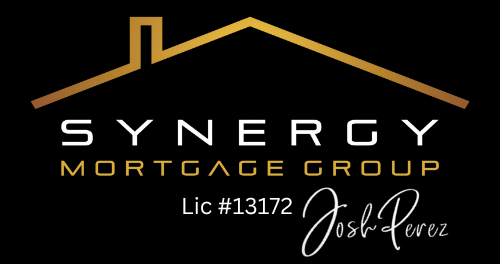Mastering Your Mortgage Renewal: Key Strategies for Success
Are you approaching the critical juncture of mortgage renewal? It's a significant financial milestone that demands careful planning and consideration. In this blog post, we'll share essential insights to help you navigate the process and secure the best possible terms for your mortgage.
Don't screw up your mortgage renewal. Here's what you need to know: 'We need more lead time to structure your whole financial picture, so we can avoid payment shock.
So What Can You Do?
Plan Ahead for a Smooth Transition
The first rule of thumb for a successful mortgage renewal is to plan well in advance. Typically, starting the process five to six months before your current mortgage term expires puts you in a strong position to secure favorable rates. However, in today's evolving market, where people are transitioning from interest rates of two and a half to three and a half percent into the high-fives, sixes, and even the 7% range, more lead time is crucial.
Why the extended lead time? To ensure we can structure your entire financial portfolio effectively, minimizing the risk of payment shock. So, start early, assess your financial goals, and align them with your mortgage renewal strategy.
Beware of Lender Bait
When your mortgage renewal date approaches, your existing lender may reach out with a seemingly enticing offer for a longer-term rate. While this might appear attractive at first glance, it's crucial to exercise caution. Accepting this option may lock you into higher rates for an extended period without exploring what else is available in the market.
Consider alternative strategies like a two-step approach with a shorter-term mortgage. This approach could potentially save you more money over the long term. Don't rush into decisions based on a single offer; explore your options and weigh them against your financial goals.
Prepare Your Income Documents
In today's volatile rate environment, securing and holding rate options is vital. To achieve this, you must be prepared to provide your income documents promptly. Mortgage professionals can only secure rates for you once they have your application and updated financial documents in hand.
Gather the necessary paperwork well in advance of your mortgage renewal date. This proactive approach will ensure that you have the flexibility to lock in favorable rates when market conditions are in your favor.
In conclusion, don't underestimate the importance of a well-executed mortgage renewal strategy. Start early, explore all your options, and gather your income documents to secure the best possible terms. By following these key strategies, you can master your mortgage renewal process and achieve financial peace of mind.
Remember, your mortgage renewal is not just a transaction; it's a valuable opportunity to enhance your financial well-being.
Need help with your renewal? Book a call with me today.





